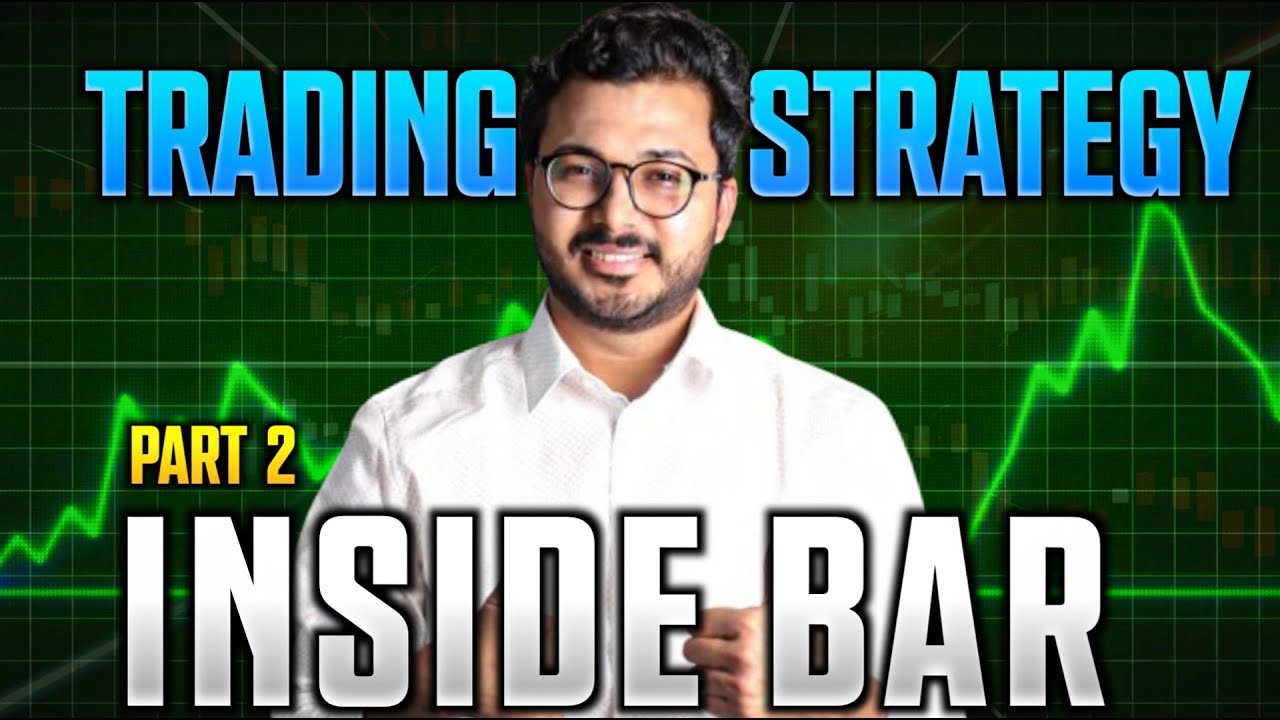Trailing Stop Vs Take Profit Target - When should you use what?
Summary
TLDRThis video script discusses the distinction between a trailing stop and a profit target in trading, essential components of a trading system. It explains the concept of a stop loss to limit risk and then delves into the two exit strategies: setting a fixed profit target to exit when a stock reaches a certain price, and using a trailing stop to move the stop loss higher as the stock price increases. The speaker shares a preference for profit targets due to the current volatile market conditions and provides insights on how to implement trailing stops based on fixed amounts or moving averages. The script concludes by directing viewers to a website for further guidance on setting stop losses and profit targets.
Takeaways
- 📈 A trading system comprises three components: knowing what to trade, when to enter, and when to exit.
- 📊 The speaker prefers trading stocks and options and uses indicators to determine the entry point.
- 🔍 A stop loss is used to limit risk by setting a lower exit point to prevent significant losses.
- 💰 A profit target is a predetermined price level at which to take profits, like exiting at $120 if the entry was at $100.
- 📉 A trailing stop adjusts the stop loss upward as the stock price increases to lock in profits.
- 🔄 Trailing stops can be adjusted by fixed amounts or based on indicators like moving averages with small settings.
- ⚖️ The advantage of a trailing stop is capturing larger moves, but it can be less effective in choppy markets.
- 🏁 The speaker prefers using profit targets over trailing stops due to the current market's short-lived trends.
- 🌐 More information on setting stop losses and profit targets can be found at the speaker's website, mytradingroutine.com.
- 👍 The video encourages viewers to like, comment, and suggest new topics, highlighting the interactive nature of the content.
Q & A
What are the three components of a trading system as mentioned in the script?
-The three components of a trading system are knowing what to trade, when to enter the trade, and when to exit the trade with either a profit or a loss.
What does the speaker prefer to trade and why?
-The speaker prefers trading stocks and options, although the specific reasons for this preference are not provided in the script.
How does the speaker determine the entry point for a trade?
-The speaker uses indicators to determine the exact entry point for a trade.
What is a stop loss and how does it limit risk in trading?
-A stop loss is a predetermined price at which a trade is automatically closed to prevent further losses. It limits risk by setting a maximum amount one is willing to lose on a trade.
What is the difference between a profit target and a trailing stop?
-A profit target is a predetermined price at which a trader exits a trade to lock in profits. A trailing stop is a stop loss that moves with the market price, allowing profits to run but cutting losses if the price reverses.
How does a trailing stop function in the context of a rising stock price?
-A trailing stop moves higher as the stock price increases, allowing the trader to capture more of an upward move while still having a stop loss in place to protect gains.
What is the advantage of using a trailing stop according to the script?
-The advantage of using a trailing stop is that it allows a trader to capture a larger move in the market, protecting profits as the stock price continues to rise.
Why does the speaker prefer a profit target over a trailing stop?
-The speaker prefers a profit target because they find that markets are often choppy with short-lived trends, and they want to exit the market as soon as the profit target is hit.
What are the different ways to set a trailing stop as mentioned in the script?
-The script mentions setting a trailing stop by using a fixed amount, such as moving the stop loss up by a dollar for every dollar the stock price rises, or basing it on indicators like a moving average with a small setting.
What is the recommended approach if a trader wants to use a moving average for a trailing stop?
-If using a moving average for a trailing stop, the trader should use a moving average with a small setting, such as 3, 5, or 7, to ensure the stop loss stays close to the current prices.
How can viewers learn more about the speaker's trading strategies including stop loss and profit target placement?
-Viewers can visit the website mytradingroutine.com to learn more about the speaker's trading strategies, including how to place stop losses and determine profit targets.
Outlines

このセクションは有料ユーザー限定です。 アクセスするには、アップグレードをお願いします。
今すぐアップグレードMindmap

このセクションは有料ユーザー限定です。 アクセスするには、アップグレードをお願いします。
今すぐアップグレードKeywords

このセクションは有料ユーザー限定です。 アクセスするには、アップグレードをお願いします。
今すぐアップグレードHighlights

このセクションは有料ユーザー限定です。 アクセスするには、アップグレードをお願いします。
今すぐアップグレードTranscripts

このセクションは有料ユーザー限定です。 アクセスするには、アップグレードをお願いします。
今すぐアップグレード関連動画をさらに表示

Selling Base Config

3 PROVEN Trailing Stop loss Strategies that MAXIMIZE Profits

ATM Stop Strategies - Simple Stop - Auto Trail Stop - Auto Breakeven Plus Trail - NinjaTrader 8

Inside Bar Trading strategy (Part 2) | Learn how to trade Inside Bar | Vibhor Varshney

Simple BREAKEVEN Strategy To Save You $$$ While Day Trading

DAM Capital share Hold or sell ?,dam capital share analysis,dam capital ipo latest news,target 2025
5.0 / 5 (0 votes)
